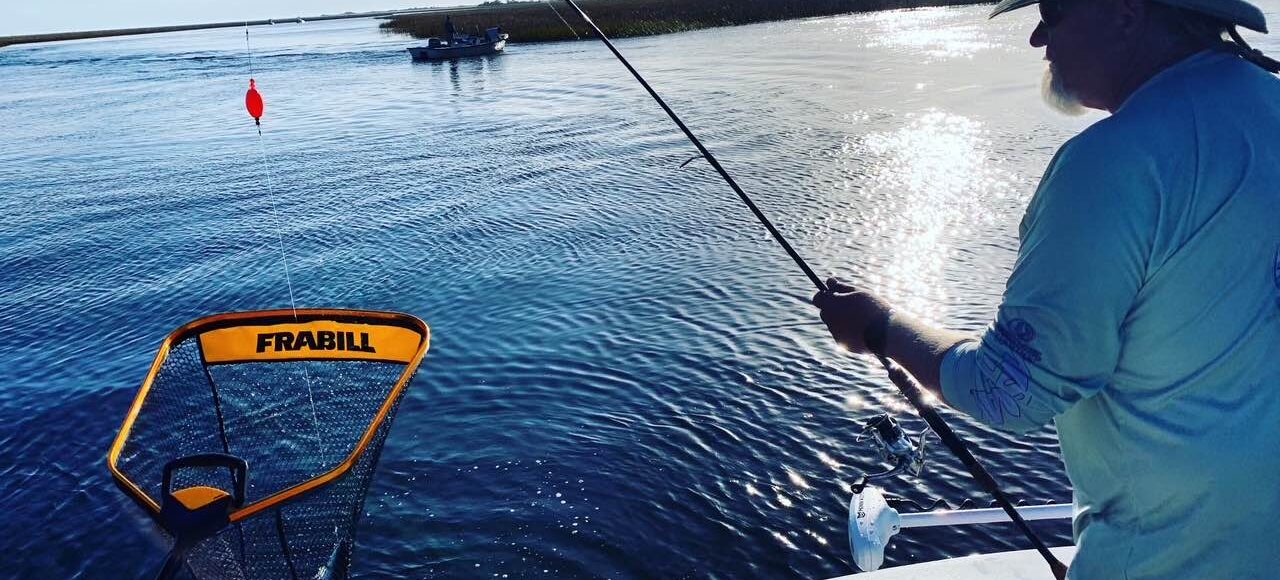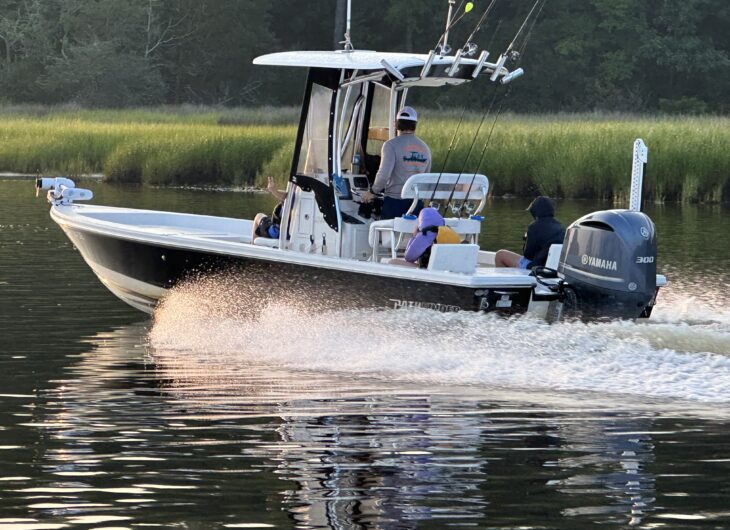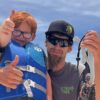What to Expect on an Inshore Fishing Charter

If you’re a fishing enthusiast or someone looking to try their hand at the sport, an inshore fishing charter offers a fantastic way to experience the thrill of fishing while soaking up the beauty of coastal waters. Whether you’re a beginner or an experienced angler, an inshore fishing trip can provide you with an unforgettable adventure. Here’s what you can expect when embarking on an inshore fishing charter, including what to plan for, the types of fish you might encounter, and tips for a successful outing.
What Is Inshore Fishing?
Inshore fishing refers to fishing in shallow waters, typically within a few miles of the coastline. These waters can include bays, estuaries, tidal flats, and nearshore reefs. The key characteristic of inshore fishing is that it takes place in waters that are less than 30 meters (about 100 feet) deep, and often only a few hundred yards from shore. This makes it accessible for anglers of all skill levels and offers opportunities to fish in a variety of scenic environments.
Planning for the Trip
Before you head out, planning is essential for ensuring that your fishing charter goes smoothly. Here are some key things to keep in mind when preparing:
Choose the Right Charter: Make sure you book a reputable charter service. Research their reviews, ask about the types of fish they target, and clarify the duration and cost of the trip. Most inshore charters range from a few hours to a full day.
Check the Weather: Weather plays a huge role in fishing. Ideally, you want to go on a calm day with minimal wind, as rough seas can make for an uncomfortable experience. However, some fish are more active in specific weather conditions, so your guide may be able to advise you on the best time to go based on the forecast.
What to Bring: Most charters provide all the necessary fishing equipment, but it’s always good to ask in advance. You’ll also want to bring sunscreen, a hat, sunglasses, comfortable clothing, and a camera to capture the moments. A cooler with drinks and snacks can also make the trip more enjoyable.
Licenses and Permits: Make sure to check whether the charter provides the necessary fishing licenses, or if you need to obtain one yourself. In many places, fishing licenses are required even for guided trips.
What to Expect on the Water
Once you’re out on the water, your guide will take you to the best fishing spots inshore, where you’ll try your luck at catching a variety of species. Here’s what you can expect:
Relaxed Pace: Inshore charters tend to be more laid-back than offshore trips, allowing you to enjoy the process of fishing without the rough seas and long boat rides associated with deep-sea fishing. Whether you’re trolling or casting, you’ll spend most of your time in calm, sheltered waters.
Personalized Experience: Most inshore charters are smaller boats with a guide or captain who will give you individualized attention. This is a great opportunity to ask questions, learn about fishing techniques, and get tips from an expert.
Shorter Travel Times: Unlike offshore trips, which can involve hours of travel to reach fishing grounds, inshore charters are typically much closer to shore, meaning you’ll spend more time fishing and less time navigating to the spot.
Types of Fishing: Depending on the region, your inshore fishing experience might involve different techniques, such as:
- Casting or Jigging: Using lures to attract fish in shallow waters.
- Drift Fishing: Letting your boat drift with the current while you fish.
- Bottom Fishing: Dropping your line to the seafloor to catch species like grouper or snapper.
- Fly Fishing: For anglers looking for a challenge, some charters offer fly fishing in inshore waters for species like bonefish or redfish.
Preparing for the Trip
Preparation is key to ensuring a successful inshore fishing charter:
Know Your Target Species: Before heading out, talk to your guide about which species of fish are currently in season. Some of the most common inshore fish include:
- Redfish (Red Drum): Known for their strength and challenging fight.
- Snook: A prized catch for their fighting ability.
- Spotted Sea Trout: A common target in shallow coastal waters.
- Flounder: Found in sandy bottom areas and known for their unique appearance.
- Sheepshead: A fish with distinct black stripes, often found near pilings and structures.
Proper Gear: While the charter will likely provide rods, reels, and tackle, you may want to bring your own fishing gear if you prefer. If you plan to use your own, make sure it’s suited for the species you’ll be targeting, as well as the fishing techniques you’ll be using.
Know the Regulations: Different areas have different regulations regarding catch limits, seasons, and size limits. Your guide will ensure that you follow all local laws, but it’s a good idea to familiarize yourself with these rules before your trip.
Types of Fish You’ll Encounter
Inshore waters are home to a variety of fish species. The exact fish you’ll catch depends on the location, time of year, and fishing techniques you use. Here are some of the top fish species you can expect to target on an inshore fishing charter:
- Redfish (Red Drum): One of the most popular inshore species, redfish are known for their beautiful copper color and strong fighting ability.
- Snook: These fish thrive in warmer waters and are a favorite for both their challenge and taste.
- Speckled Trout: Often found in shallow bays and estuaries, trout are common targets on inshore trips.
- Flounder: A bottom-dwelling fish that can be caught by anglers using jigs or live bait.
- Sheepshead: These fish are known for their distinctive black and white stripes and are often found near docks and piers.
Techniques for Success
Inshore fishing often requires different techniques than offshore fishing due to the shallower waters and variety of fish species. Some of the most common techniques include:
- Live Bait Fishing: Using live shrimp, minnows, or crabs is an effective way to attract a wide variety of fish species inshore.
- Artificial Lures: Lures like jigs, soft plastics, and spoons can mimic the movement of baitfish and attract predators.
- Trolling: For a more active approach, trolling with lures or bait can be an effective way to cover more water and find fish.
- Casting: Casting along mangroves, rocky shorelines, or flats is a popular technique, especially for targeting species like redfish and snook.
Enjoying the Scenery
One of the best aspects of an inshore fishing charter is the stunning scenery. As you venture along the coastline, you’ll often pass by beautiful beaches, lush mangroves, and tidal flats teeming with wildlife. In addition to the thrill of fishing, you may spot dolphins, manatees, birds, and other coastal creatures. Many inshore waters are calm and peaceful, providing a relaxing environment to enjoy the natural beauty of the area.
Conclusion
An inshore fishing charter offers a fantastic combination of relaxation, adventure, and fishing fun. From the excitement of hooking a prized fish to the joy of enjoying the scenery and wildlife, there’s something for everyone. With a little planning, the right preparation, and the guidance of an experienced captain, your inshore fishing trip is sure to be a memorable experience. Whether you’re new to fishing or an experienced angler, the rewards of spending time on the water are priceless!




